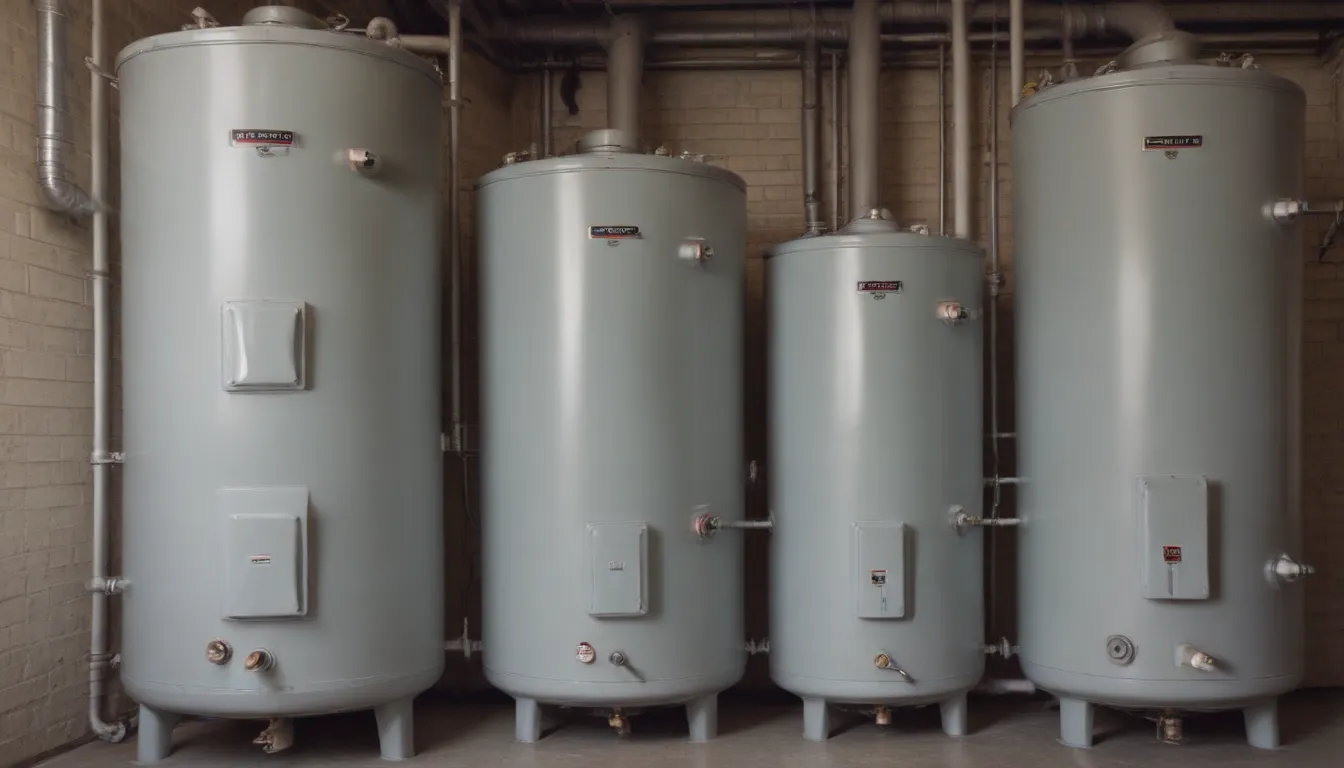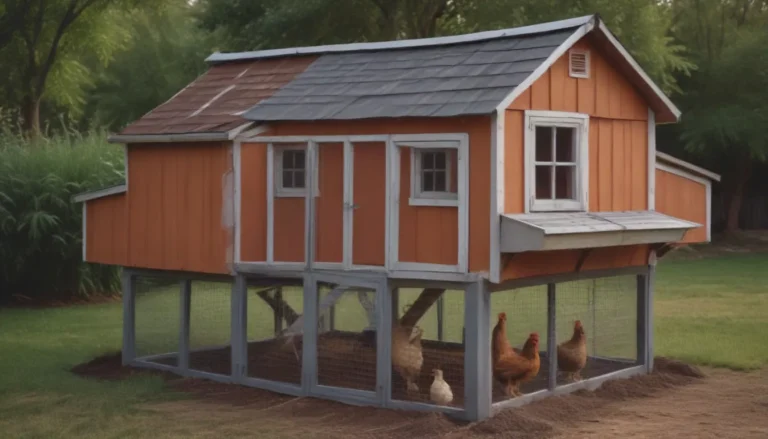Everything You Need to Know About Water Heater Expansion Tanks

Are you looking to protect your plumbing system from the potential damage caused by your water heater? If so, a water heater expansion tank might be the solution you need. In this comprehensive guide, we’ll walk you through the basics of water heater expansion tanks, explaining what they are, how they work, and why you might need one. Let’s dive in!
Understanding the Role of Water Heater Expansion Tanks
A water heater expansion tank, also known as a thermal expansion tank, is a crucial safety device designed to alleviate pressure buildup in your plumbing system caused by the thermal expansion of heated water. When water is heated, it expands and can put excessive strain on your pipes and fixtures. Traditional tank-style water heaters and boilers used in home heating systems are particularly susceptible to this issue.
What Is a Closed Water Supply System?
Homes with closed water supply systems have one-way valves, such as backflow valves or pressure-reducing valves, that prevent expanding water from flowing back into the city water supply. In these systems, the excess pressure from thermal expansion has nowhere to escape, potentially leading to damage. Even if you are connected to a city water supply with a check valve or PRV in place, the increased pressure from heated water can cause issues. This is where water heater expansion tanks come into play.
In many cases, local building codes require residential closed plumbing systems to be equipped with expansion tanks. If you have a backflow preventer installed on your main water line, you may also be legally obligated to install a water heater expansion tank. To ensure compliance, check your local building code or consult with the building and safety department in your area.
How to Install a Water Heater Expansion Tank
Installing a water heater expansion tank is a straightforward process that can help prolong the life of your plumbing system and fixtures. These tanks are typically mounted above the water heater on the cold water line, before it enters the water heater. However, they can be placed anywhere on the cold water line before reaching the water heater.
Here are some key points to keep in mind when installing a water heater expansion tank:
- Expansion tanks are available at prices ranging from $40 to $200, depending on the tank size.
- For most residential installations with 40- or 50-gallon water heaters, a simple 2-gallon tank should suffice.
- The tank is easy to install with a standard 3/4-inch threaded connection.
- Consider installing the expansion tank when replacing or installing a new water heater, even if not required by code.
If you’re hiring a plumber to install or replace your water heater, it’s a good idea to inquire about adding an expansion tank to your system. The benefits of having an expansion tank far outweigh the minimal cost and effort involved in installation.
When to Replace a Water Heater Expansion Tank
Water heater expansion tanks typically have a lifespan of five to ten years. You can extend the life of your tank by matching its pressure to the incoming water pressure, preventing damage to the bladder and valve leaks. Signs that your tank may need replacement include dripping water, which could indicate blockages or bladder damage.
Here’s how you can check and adjust the pressure in your water heater expansion tank:
- Use a water pressure gauge to check the water pressure by attaching it to the drain valve on your water heater.
- Use a standard tire gauge to check the air pressure by pressing it against the valve on top of the tank.
- Adjust the pressure using a hand pump, raising or lowering it as needed to maintain optimal performance.
By following these steps and monitoring the condition of your expansion tank regularly, you can ensure that your plumbing system remains in good working order.
In Conclusion
Water heater expansion tanks are essential components for maintaining the integrity of your plumbing system and preventing damage caused by thermal expansion. By understanding their purpose, knowing when to install or replace them, and following proper maintenance procedures, you can ensure that your system operates efficiently and safely for years to come. Don’t overlook the importance of a water heater expansion tank—investing in one today could save you from costly repairs in the future.





